Table of Contents
Horrific accidents cause catastrophic injuries such as paralysis, brain damage, and other life-changing injuries that can devastate a family’s financial well-being. When injuries like that happen, it is in the best interest of the patient and the family to promptly arrange for a consultation with a West Palm Beach catastrophic injury lawyer. Distinguished personal injury lawyers from Kogan & DiSalvo will handle a catastrophic injury case on a contingency basis, in which the attorney’s fee is taken from the monetary award when the case wins, but the lawyer does not charge a fee if the case is lost.

Florida law defines a catastrophic injury as a “permanent impairment” that prevents a person from performing productively, keeping them from gainful employment. Spinal cord and nerve injuries rob the patient of strength, sensation, and control of body functions below the point where the injury occurred and can cause paralysis. Traumatic brain injuries can also cause severe symptoms, including abrupt and significant changes in personality.
Some of the symptoms of traumatic brain injuries include:
Other severe injuries include amputations, blindness, and burn injuries. For any of these injuries, an individual or loved one should contact a West Palm Beach catastrophic injury lawyer to help them seek damages.
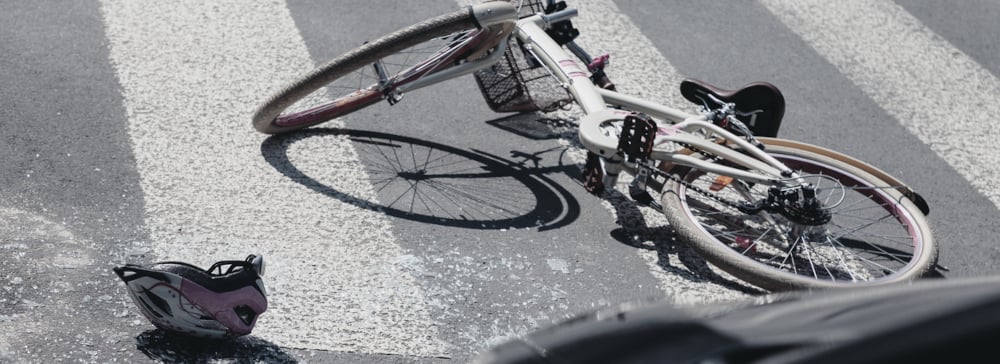
The most common causes of catastrophic injuries include:
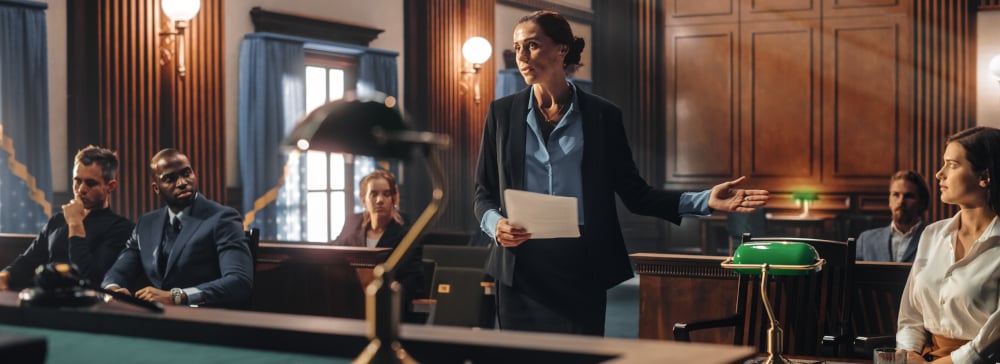
Fault for an accident is typically decided by doing a negligence analysis, which is a particular legal formula that includes duty, breach, injury, and causation:
Although this seems straightforward, it can become complicated in cases where the person who caused the accident may not necessarily be at fault. For example, a truck driver whose supervisor requires them to work more hours than what is federally mandated. In this case, coercion from the supervisor could place liability on the company–even if the sleep-deprived driver caused the accident.
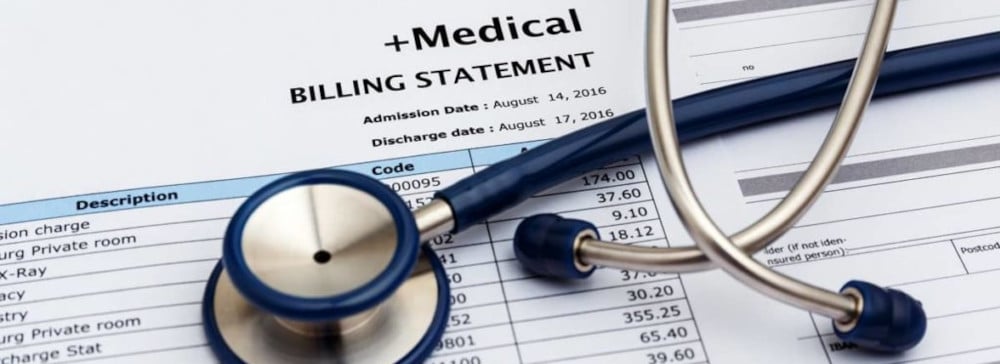
In any accident that involves catastrophic injuries, the damages are relatively high as more losses must be compensated. Because these injuries often require long recovery periods with expensive medical and rehabilitative treatments, these cases are complex and require a great deal of analysis and evidence to determine damages.
There are three basic types of damages: economic, non-economic, and punitive.
Economic damages are quantifiable, e.g., the emergency room visit, multiple surgeries, physical therapy, missed time from work, and car repairs. These are all reflected in the bills listing specific amounts. In addition, it can also refer to medical expenses for future medical care—for example, more surgeries to repair a knee or plastic surgery to minimize scarring.
Some examples of economic damages include:
Non-economic damages are more subjective and require more argument, industry knowledge, and expert witnesses to win. These damages must reflect the changes in a victim’s life that do not have a well-defined market value. For example, the value of their mobility when they were able to teach their child how to compete in a sport they loved, getting together with their friends for a beach volleyball game, or losing a significant degree of independence. Much of this analysis will depend upon the injured party’s lifestyle before the accident and the severity of the accident.
Non-economic damages include:
Punitive damages are, as the name implies, intended as a punishment for particularly egregious behavior from a defendant. They are also often referred to as “exemplary” damages as they serve a secondary purpose of deterring potential defendants from similar conduct. To be awarded punitive damages in Florida, it must be demonstrated by “clear and convincing evidence” that the defendant was guilty of intentional misconduct or gross negligence.
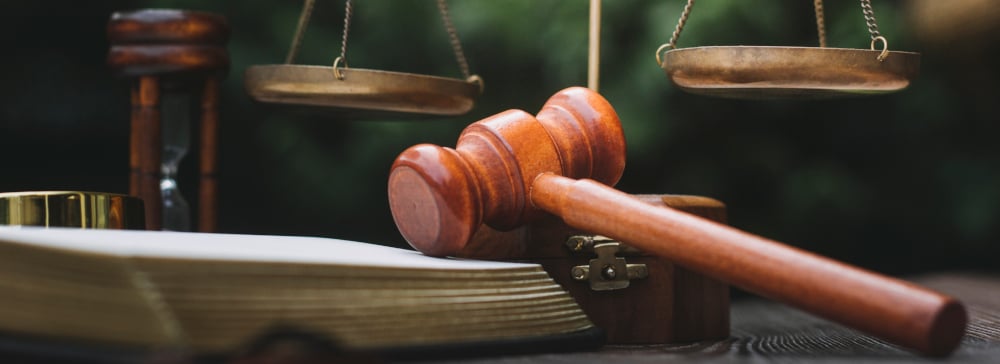
Modified comparative negligence means that in a lawsuit–the damages awarded to a plaintiff will be reduced by the amount of responsibility they bear for the accident, up to 50%. For example, a bicyclist runs a red light and is struck by a car whose driver is sending a text. The court may determine that the bicyclist was 40% at fault. In that case, they could still recover 60% of the damages they suffered from the accident–despite being primarily at fault. However, if the plaintiff is found to be 51% or more at fault, they are barred from recovery entirely.
Damages can be a complicated issue that goes to the heart of a case. Because the higher the number and the more nuanced or speculative the damages, the more convincing the evidence and arguments that must be made to convince the insurance company to settle or a judge to award the total amount requested by the plaintiff.
It’s best to speak with a West Palm Beach catastrophic injury attorney. Insurance companies have extensive industry knowledge and are experienced in minimizing and denying claims. They place the most resources into cases with the highest potential settlements or judgements. In addition, adjusters often offer a quick payout that will seem reasonable when the bills are piling up but will not cover future expenses.
An experienced attorney can identify the nuances to argue for future economic damages, find expert witnesses and peer-reviewed scientific articles to help demonstrate non-economic damages, and make the difficult push for punitive damages–it makes sense to have your own knowledgeable advocate.
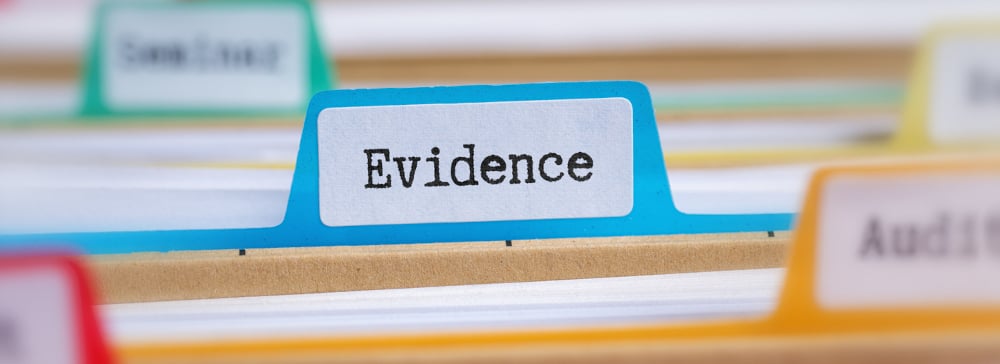
Whether establishing negligence to meet the “preponderance of the evidence” standard or meeting the “clear and convincing” standard for punitive damages, all arguments in court must be based upon evidence.
For medical malpractice, evidence can include photos of an infected surgical site, notes about the patient from the treating medical professional, or follow-up medical appointments to diagnose the malpractice. Photos of the icy parking lot or spilled liquid in a grocery store are helpful for slip and falls. For car accidents, a smartphone can document the conditions of the road, the weather, the traffic, the presence of a construction site, and other factors that may have led to the accident. In all of the above, witnesses can also play an important role.
It is also vital that you don’t inadvertently help out the defendant. This includes posting details of the accident or resulting injuries on social media—also, ensure that no one tags you in a post about the accident. Lawyers and insurance adjusters will scan social media to look for evidence to minimize the damages.
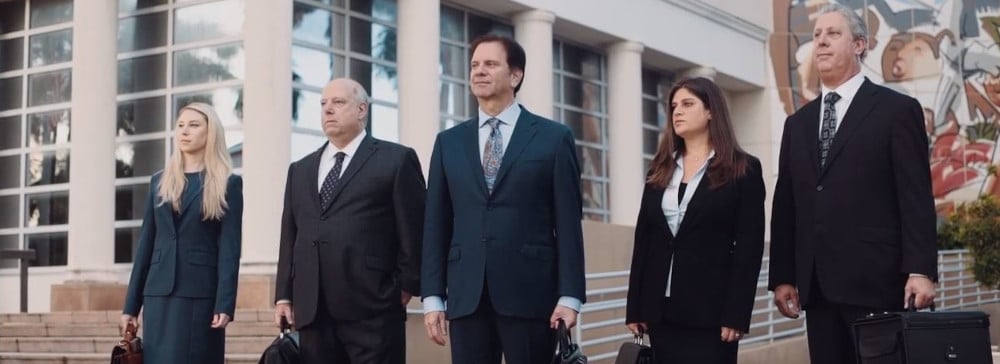
Entering the legal system begins with hiring a West Palm Beach catastrophic injury lawyer, who is well-versed in this area of law. The lawyer will begin with “discovery,” which is gathering the physical evidence of the accident scene, and may decide the accident needs to be reconstructed for a jury. Testimonial evidence is obtained by conducting interviews under oath with all the parties involved and witnesses.
The highly technical treatment, therapies, and equipment involved may require the testimony of a medical “expert witness” to help prove the case and weaken the opposing side’s arguments. The attorney also will anticipate the opposition’s defensive strategy and prepare to refute it. During the legal process, motions may be made on a variety of contested positions, and they require a response in a timely manner. Many personal injury cases are settled between the parties instead of going to court. If that happens, West Palm Beach catastrophic injury lawyers will aggressively negotiate a settlement that is fair and satisfactory to the client.
If you are injured and unable to come to us,
our attorney will come to you - there is no charge for us to do so.